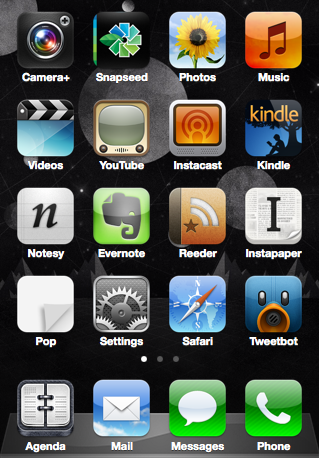
Next Thursday, I will be hosting #ukedchat for the third time.
During my previous session, I asked:
Are schools (as physical spaces) necessary to facilitate learning in the 21st century?
The resulting discussion was a thoroughly engaging one, which raised more questions than provided answers. It was apparent that most of the educators who got involved, felt that schools as physical spaces still have purpose. However, it was also clear that schools in their current state are not 100% fit for purpose. Be it the learning space itself, the infrastructure or the curriculum, a number of areas for improvement were recognised.
In this next session, I want to pick up where the previous discussion left off and explore what a school should be like in the 21st century. In order to do that, I thought it would be useful to provide a premise:
Starting with a blank piece of paper: Design the school of your dreams.
In considering this, I wish for us to focus on the following areas:
Curriculum
What should be learned? How should it be learned? How should learning be structured? Subjects? Skills?
Assessment
Should learning be assessed? If so, how? Is there a place for grades? How can we accredit informal learning? AfL? Badges?
People
Who is to be involved? How will they be involved? Teachers? Students? Parents?
Space
Where will the learning happen? Classrooms? What role for libraries? What about virtual spaces?
Time
How long should the school day be? Should it be the same for everyone? How would lessons/timetable be structured?
Technology
What technologies should be utilised? Wifi? Tablets? BYOD?
—
To provide some further provocation, the following series of videos feature students from the Santa Barbara Middle School interviewing Sir Ken Robinson about his dream school; his answers are, as usual, well considered and challenging:
And so, if that has suitably whetted your appetite, I hope that you will be able to join me on Thursday at 8pm.
[Update: Saturday, 21 April] This was the 94th instalment of #ukedchat. You can read a summary of the discussion here and read/download a PDF archive of all the tweets here.

